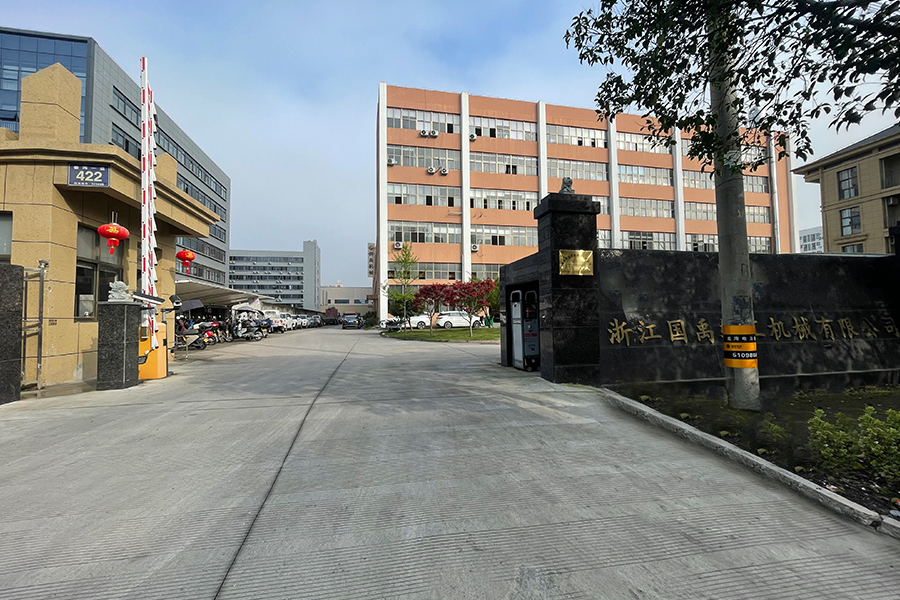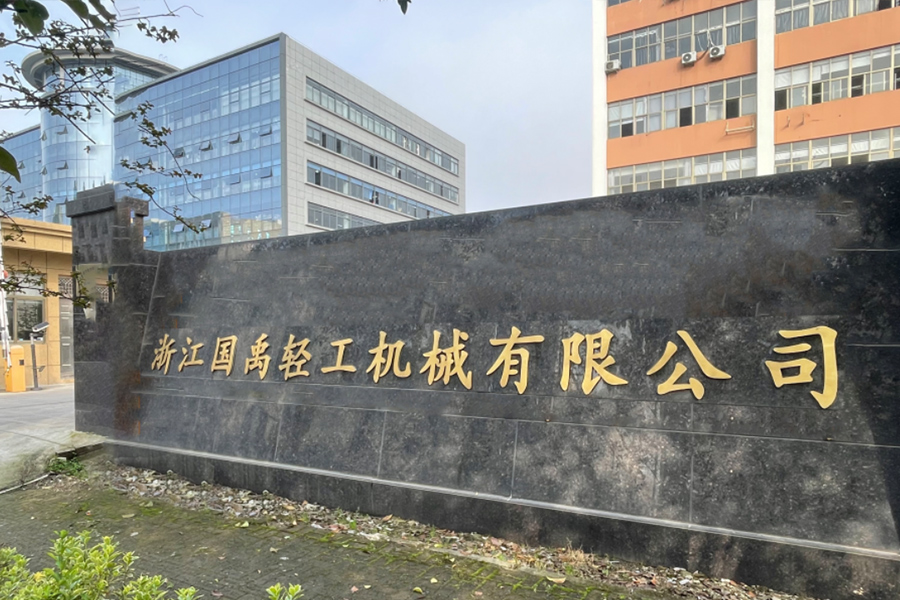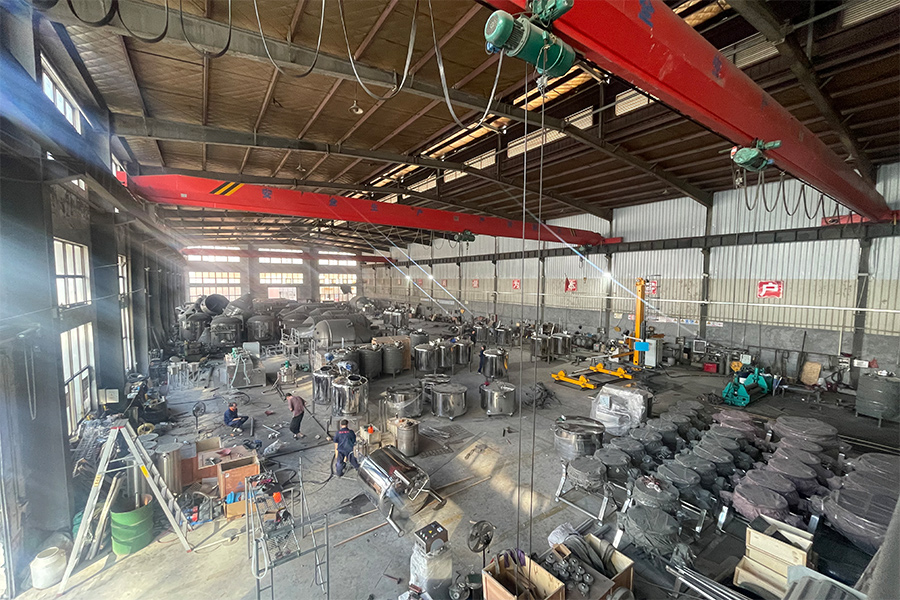-
 [email protected]
[email protected]
-
 +86-13706666922
+86-13706666922

An industrial large steam jacketed mixing kettle is a specialized piece of equipment widely used in manufacturing processes that require heating, mixing, and cooking of liquid or semi-solid materials. These kettles combine heating capabilities with mixing functions, making them suitable for applications in food processing, chemical production, pharmaceuticals, and other industries where precise temperature control and thorough blending are necessary.
The core design of a steam jacketed mixing kettle involves a large, typically cylindrical vessel surrounded by a double wall or “jacket.” This jacket allows steam to circulate around the kettle, providing even and controlled heating to the contents inside without direct contact with the heat source.
The kettle is usually made from stainless steel or other corrosion-resistant metals, ensuring durability and ease of cleaning. Stainless steel is favored in food and pharmaceutical applications due to its hygienic properties and resistance to rust and chemical reactions.
The steam jacket surrounding the kettle is connected to a steam supply line. Steam enters the jacket and transfers heat uniformly around the vessel’s walls. This indirect heating system allows for gradual temperature increases, reducing the risk of hot spots and improving product quality.
Some designs incorporate additional heating methods such as electric heating elements for temperature maintenance or backup heating.
A key feature of the steam jacketed mixing kettle is its integrated agitator or mixer. The mixer is typically driven by an electric motor and includes paddles, blades, or scrapers that continuously stir the contents. This agitation prevents the settling of solids, promotes uniform heat distribution, and helps maintain product consistency.
The mixing speed and pattern can often be adjusted to suit different types of materials, from thin liquids to thick pastes. Some kettles feature scrapers attached to the agitator arms that continuously clean the vessel walls, preventing buildup and improving heat transfer efficiency.
Industrial steam jacketed mixing kettles come in various sizes, ranging from a few hundred liters to several thousand liters in capacity. The choice of size depends on production scale and application requirements. Large kettles are suited for bulk processing in commercial kitchens, food manufacturing plants, and chemical production facilities.
Industrial steam jacketed mixing kettles are equipped with various safety devices such as pressure relief valves, temperature sensors, and emergency shut-off systems. Automated control panels may allow operators to set precise temperatures, mixing speeds, and cooking times, improving process consistency and reducing human error.
Proper ventilation and steam condensate removal systems are also important to maintain safe operation and avoid pressure build-up.
Maintenance involves regular inspection of the steam jacket, agitator components, seals, and motor system. Cleaning is critical, especially in food and pharmaceutical applications, to prevent contamination. Many kettles are designed for easy cleaning, with smooth surfaces and sanitary fittings compatible with clean-in-place (CIP) systems.
Advantages of Steam Jacketed Mixing Kettles:
Uniform Heating: Steam jacket ensures even heat distribution, small hot spots.
Precise Temperature Control: Allows gentle heating of sensitive products.
Efficient Mixing: Integrated agitators maintain consistency and prevent material buildup.
Versatility: Suitable for a wide range of industries and materials.
Durability: Constructed with corrosion-resistant materials for long service life.
An industrial large steam jacketed mixing kettle is a valuable asset for processes requiring combined heating and mixing in a controlled environment. Its design supports efficient thermal transfer and uniform blending, making it applicable in food production, chemical processing, pharmaceuticals, and cosmetics.







